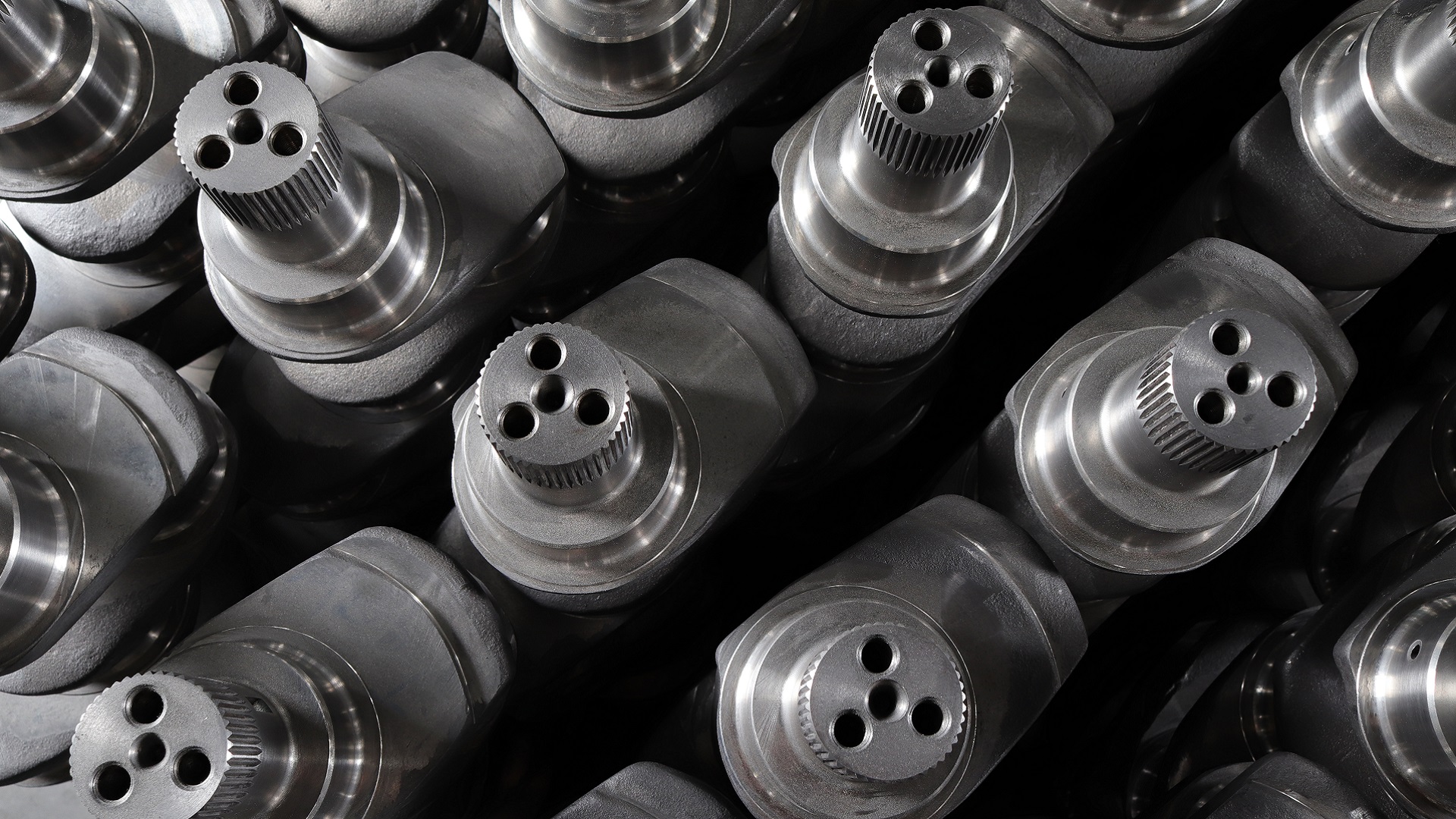Effectively managing spare parts for Original Equipment Manufacturers (OEMs) and Maintenance, Repair, and Operations (MROs) poses significant challenges. The task involves handling substantial quantities of slow-moving parts, tying up capital, and incurring high warehousing costs to prevent downtime or lengthy production lead times associated with maintaining legacy equipment. Despite meticulous monitoring and forecasting efforts, companies often face difficulties in procuring spare parts for maintenance purposes. The management of spare parts is crucial for efficient equipment operation, playing a pivotal role in minimizing downtime, reducing repair costs, and ensuring the continuous functioning of machinery. This becomes particularly challenging for businesses dealing with extensive inventories of legacy equipment and machinery.
Read the article in full here.
Our enterprise software optimizes end-to-end AM processes for leading companies and 3D print services. We work closely with customers to provide solutions for prototyping, mass-individualization and serial AM. Software is one of the key tools to minimize both production time and material waste. With digital workflows, our software standardizes and evaluates AM data, automates the business processes associated with distributed manufacturing and optimizes production execution and quality assurance. These are the tools that enable data-driven production decisions and are building a foundation for automated Agile Manufacturing.




